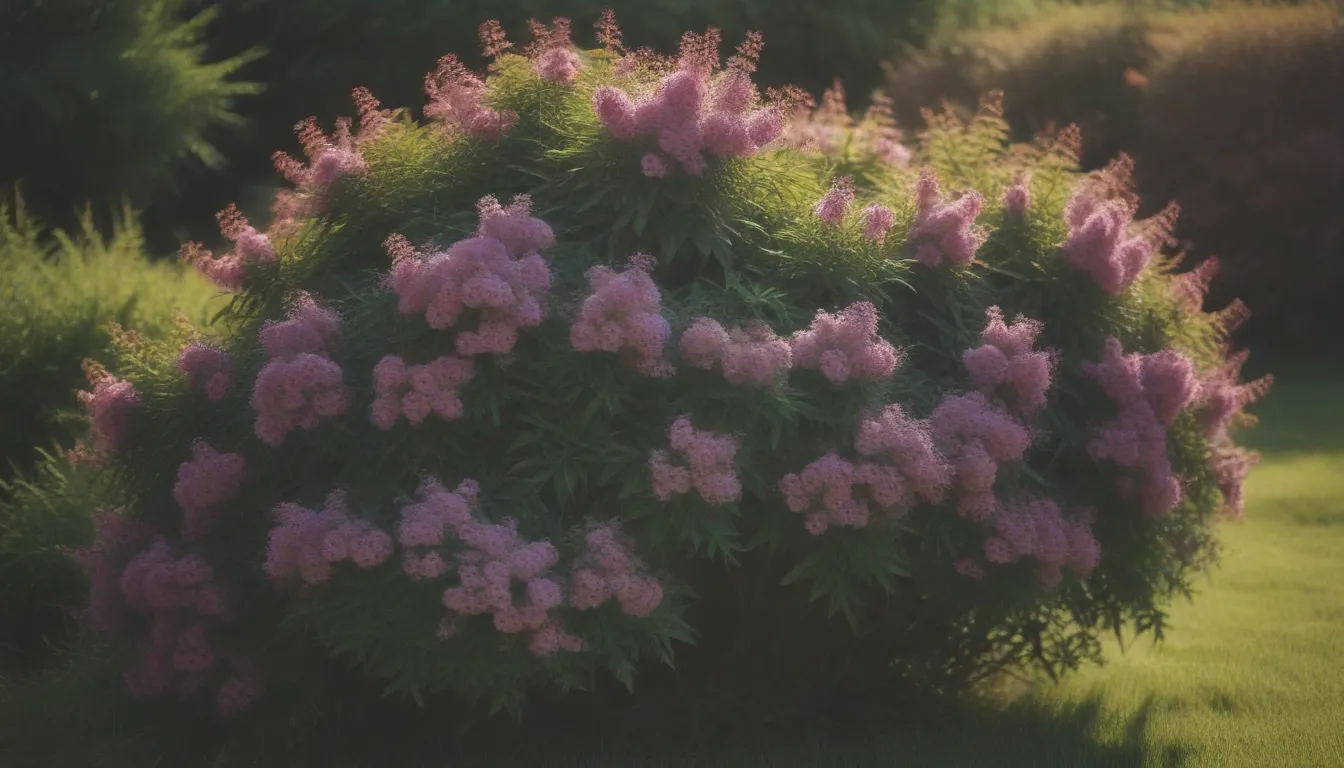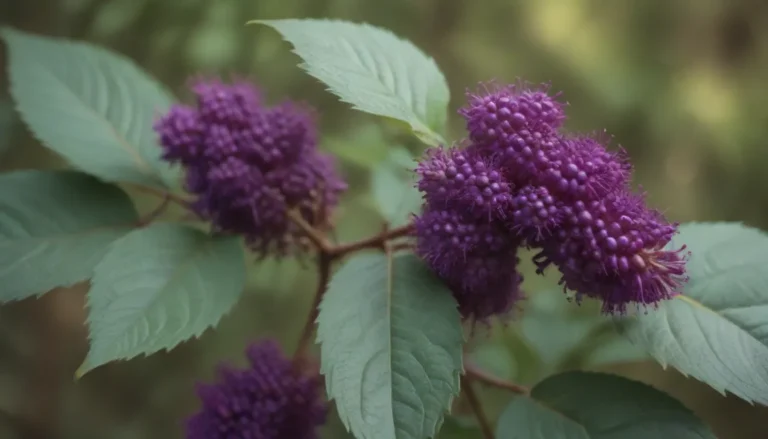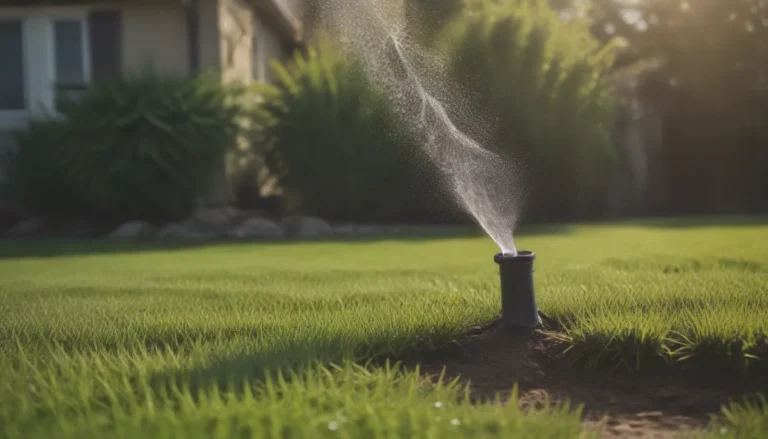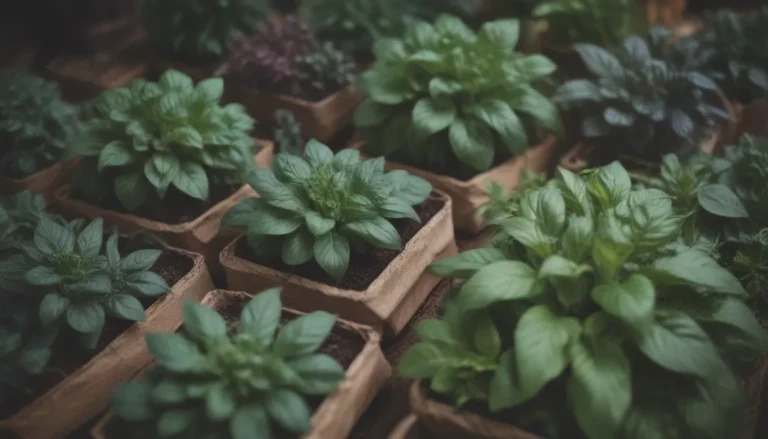The Best Flowering Shrubs for Sunny Locations

Are you looking to add some vibrant color to your yard? Sun-loving shrubs with colorful flowers are a great way to make your landscape pop. Whether you have a sunny spot that needs some sprucing up or you simply want to add a striking focal point to your garden, there are plenty of options to choose from. In this article, we will explore 11 great flowering shrubs that thrive in sunny locations, providing you with a beautiful display of blooms from early spring to late summer and early fall.
Forsythia
If you’re looking for a vase-shaped flowering shrub that bursts with vivid yellow flowers in early spring, look no further than forsythia. This sun-loving shrub thrives in full sun and is one of the first to bloom each spring. With its bright and cheerful flowers, forsythia is a must-have for any garden.
- Name: Forsythia
- USDA Hardiness Zones:
- Bloom Time:
- Flower Color:
- Light:
- Soil Needs:
- Mature Size:
Flowering Quince
Another early bloomer for sunny locations is the flowering quince. With its yellow-orange flowers, it makes for a striking display when planted alongside forsythia. Flowering quince also comes in red varieties, adding even more color to your garden.
- Name: Flowering Quince
- USDA Hardiness Zones:
- Bloom Time:
- Flower Color:
- Light:
- Soil Needs:
- Mature Size:
Mock Orange
For a shrub that blooms in late spring and early summer, consider planting mock orange in your garden. This fragrant shrub produces white flowers that are especially appealing for those looking to create moon gardens. The delightful citrus-like fragrance of its blooms will enchant you and your visitors.
- Name: Mock Orange
- USDA Hardiness Zones:
- Bloom Time:
- Flower Color:
- Light:
- Soil Needs:
- Mature Size:
Weigela
Weigela is a classic favorite with a wide range of cultivars to choose from. The ‘Wine & Roses’ variety is particularly striking with its dark leaves and rosy-pink flowers. Other types of weigela feature variegated foliage or golden leaves, adding interest to your garden throughout the spring and early summer.
- Name: Weigela
- USDA Hardiness Zones:
- Bloom Time:
- Flower Color:
- Light:
- Soil Needs:
- Mature Size:
Doublefile Viburnum
For a unique and showy shrub, consider planting doublefile viburnum in your sunny garden. This fast-growing shrub produces flat-topped flower clusters that form two rows across the tops of the branches. With its white blooms in April and May, it adds elegance and interest to any landscape.
- Name: Doublefile Viburnum
- USDA Hardiness Zones:
- Bloom Time:
- Flower Color:
- Light:
- Soil Needs:
- Mature Size:
Common Lilac
If you’re looking for a fragrant bloomer, common lilac is the perfect choice. With its intoxicating scent, this shrub will fill your garden with a delightful aroma in early to mid-spring. While common lilac can grow quite large, there are dwarf varieties available for smaller gardens.
- Name: Common Lilac
- USDA Hardiness Zones:
- Bloom Time:
- Flower Color:
- Light:
- Soil Needs:
- Mature Size:
Candy Oh Rose
For a low-maintenance option that still provides stunning blooms, consider planting Candy Oh rose in your garden. This landscape rose is known for its prolific flowering from late spring to fall. While it may not have the classic rose scent, its visual appeal more than makes up for it.
- Name: Candy Oh Rose
- USDA Hardiness Zones:
- Bloom Time:
- Flower Color:
- Light:
- Soil Needs:
- Mature Size:
Blue Chip Butterfly Bush
If you love butterflies but want to avoid invasive species, Blue Chip butterfly bush is the perfect choice for your garden. This sterile cultivar blooms continuously from June to September, attracting butterflies without taking over your landscape. With its compact size, it fits well in both large and small gardens.
- Name: Blue Chip Butterfly Bush
- USDA Hardiness Zones:
- Bloom Time:
- Flower Color:
- Light:
- Soil Needs:
- Mature Size:
Hardy Hibiscus
For a tropical touch in a cold-hardy plant, consider adding hardy hibiscus to your garden. With its large dinner-plate flowers and late summer blooms, it adds a unique touch to your landscape. Perfect for rain gardens and moist areas, this shrub fills a gap in your bloom sequence between early summer and fall.
- Name: Hardy Hibiscus
- USDA Hardiness Zones:
- Bloom Time:
- Flower Color:
- Light:
- Soil Needs:
- Mature Size:
Rose of Sharon
Another cold-tolerant hibiscus, Rose of Sharon, blooms from early summer to mid-fall, adding a splash of color to your garden. With cultivars available in a range of colors, including light pink and lavender-blue, this shrub is a versatile addition to any landscape.
- Name: Rose of Sharon
- USDA Hardiness Zones:
- Bloom Time:
- Flower Color:
- Light:
- Soil Needs:
- Mature Size:
Blue Beard
If you’re looking for a late bloomer with true blue flowers, Blue Beard is the perfect choice for your garden. This rare hybrid produces striking blue blooms from midsummer to early fall, adding a pop of color to your landscape. Plant it in groups or masses for a dramatic effect.
- Name: Blue Beard
- USDA Hardiness Zones:
- Bloom Time:
- Flower Color:
- Light:
- Soil Needs:
- Mature Size:
Tips for Growing Flowering Shrubs in Sunny Locations
For your flowering shrubs to thrive and bloom to their fullest potential, it’s essential to provide them with the right care. Here are some tips to keep your sun-loving shrubs healthy and vibrant:
-
Plant in the Right Location: Ensure your shrubs receive ample sunlight and well-draining soil to promote healthy growth and abundant blooms.
-
Regular Watering: Keep your shrubs well-watered, especially during the hot summer months, to prevent wilting and stress.
-
Fertilize Regularly: Feed your shrubs with a balanced fertilizer in the spring to promote healthy growth and flowering.
-
Pruning: Prune your shrubs as needed to remove dead or damaged branches and promote new growth and better flowering.
-
Mulching: Mulch around the base of your shrubs to help retain moisture, suppress weeds, and protect the roots from extreme temperatures.
By following these tips and choosing the right flowering shrubs for your sunny locations, you can create a vibrant and colorful garden that will be the envy of your neighbors. Experiment with different varieties and colors to create a stunning display that will brighten up your outdoor space throughout the growing season.
With a little care and attention, your sunny garden can become a beautiful oasis filled with blooming shrubs that will delight you for years to come. So go ahead, plant some flowering shrubs and watch your garden come to life with color and beauty!





